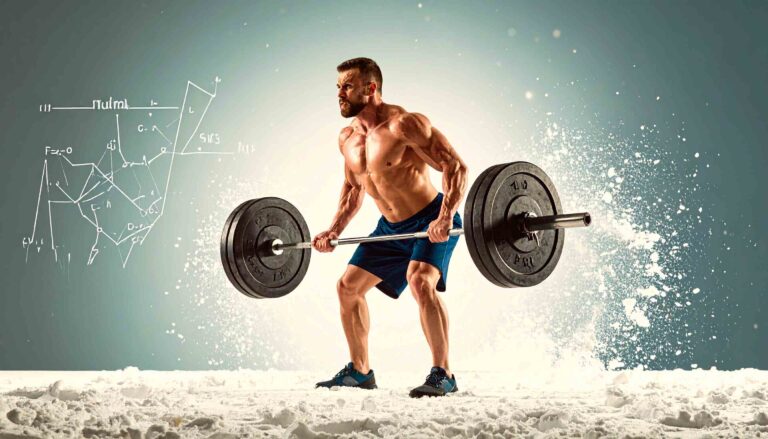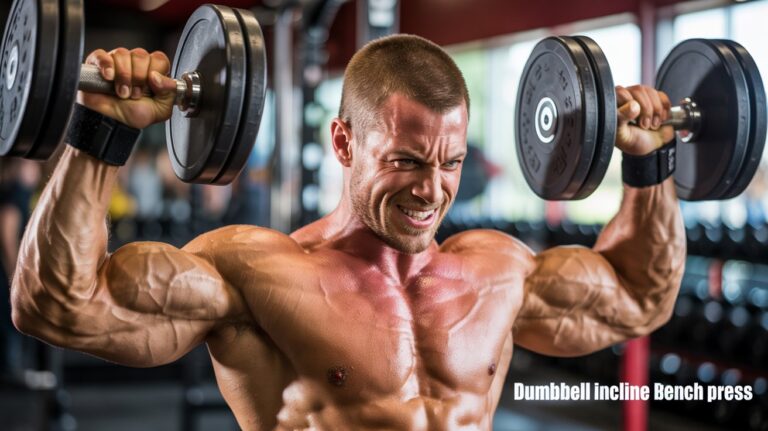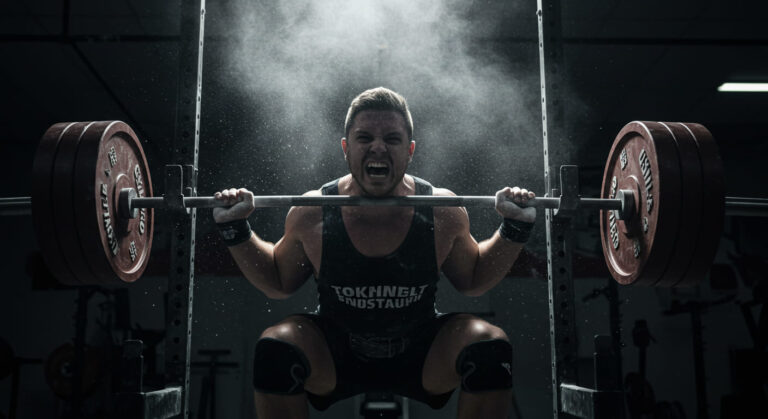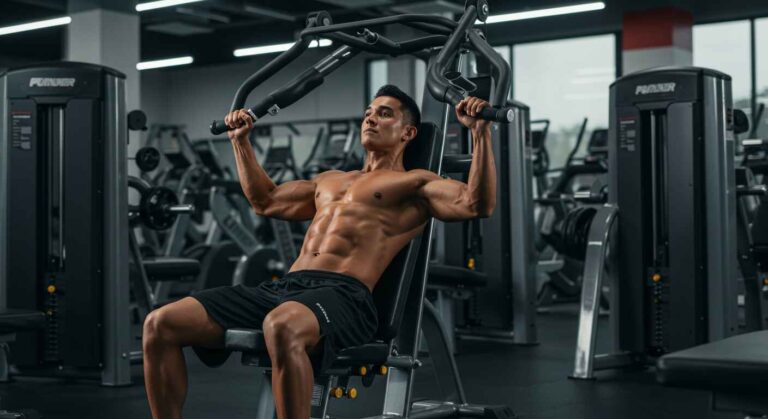The squat is a fundamental human movement and a cornerstone of most effective workout routines. It’s a powerhouse exercise that builds lower body strength, enhances core stability, and improves overall athleticism. But for many, this essential exercise comes with a frustrating side effect: knee pain. If you’ve ever wondered, “Why do my knees hurt when I squat?”, you’re not alone. This common complaint can derail your fitness goals and leave you feeling discouraged.
The good news is that knee pain during squats is often preventable and treatable. By understanding the underlying causes and implementing the right strategies, you can get back to squatting with confidence and without discomfort. This comprehensive guide will delve into the reasons behind your knee pain, offering expert insights and actionable solutions to help you build stronger, more resilient knees.
The Biomechanics of a Perfect Squat
Before we explore the causes of knee pain, it’s helpful to understand what a proper squat looks like. A well-executed squat is a symphony of coordinated movements involving your hips, knees, and ankles. When performed correctly, the squat is a safe and highly effective exercise. The primary goal is to lower your hips from a standing position and then stand back up, all while maintaining control and proper alignment.
In a correct squat, your feet should be shoulder-width apart, with your toes pointing slightly outward. As you descend, your hips should move back and down, as if you’re sitting in a chair. Your chest should remain upright, and your core engaged. Your knees should track in line with your toes and not extend excessively past them. This alignment ensures that the load is distributed evenly across the joints and muscles, minimizing stress on the knees.
Common Causes of Knee Pain During Squats

Knee pain when squatting can stem from a variety of factors, ranging from simple technique errors to more complex underlying conditions. Identifying the root cause is the first step toward finding a solution.
Improper Form and Technique
The most frequent culprit behind knee pain during squats is improper form. When your technique is off, you place undue stress on the knee joint and surrounding tissues. Common form mistakes include:
- Knees Caving Inward (Knee Valgus): This is often a sign of weak glute muscles, particularly the gluteus medius. When your knees collapse inward, it puts a significant strain on the ligaments and cartilage of the knee.
- Leaning Too Far Forward: An excessive forward lean can shift the load from your hips to your knees, placing them under increased pressure. This is often caused by a weak core or limited ankle mobility.
- Lifting Your Heels: Your feet should remain flat on the floor throughout the squat. If your heels lift, it indicates tight calf muscles or poor ankle dorsiflexion, which can alter the mechanics of the squat and stress the knees.
- Squatting Too Deep Too Soon: While deep squats can be beneficial, your body needs to be prepared for them. Going too deep without the necessary mobility and strength can lead to pain and injury.
Muscle Imbalances and Weakness
Your muscles work together to support and stabilize your joints. When some muscles are weak and others are tight, it can create an imbalance that affects your movement patterns.
- Weak Glutes and Hamstrings: Your glutes and hamstrings are the primary movers in a squat. If they aren’t strong enough, your quadriceps can become dominant, pulling the kneecap out of alignment and causing pain.
- Tight Hip Flexors and Calves: Tightness in these areas can restrict your range of motion and force your body to compensate in ways that strain the knees.
Underlying Medical Conditions
In some cases, knee pain may be a symptom of an underlying medical issue. These conditions can be exacerbated by the repetitive motion of squatting.
- Patellofemoral Pain Syndrome (Runner’s Knee): This is a common condition characterized by pain around the front of the kneecap. It’s often caused by overuse or misalignment of the patella.
- Tendonitis: Inflammation of the tendons around the knee, such as the patellar tendon or quadriceps tendon, can cause sharp pain during squats.
- Arthritis: Osteoarthritis, the “wear-and-tear” form of arthritis, can cause the cartilage in the knee joint to break down, leading to pain and stiffness.
How Do I Stop My Knees From Hurting When I Squat?
Once you have an idea of what might be causing your knee pain, you can take steps to address it. Here are some effective strategies to help you squat pain-free.
Focus on Form Correction
Mastering proper squat form is non-negotiable. Consider recording yourself squatting from the front and side to analyze your technique. Pay close attention to your knee and foot position, as well as your back angle. If you’re unsure, working with a qualified personal trainer or physical therapist can provide invaluable feedback.
Incorporate Mobility and Flexibility Work
Improving your mobility can have a profound impact on your squatting technique and knee health.
- Ankle Mobility: Regular calf stretches and ankle mobility drills can improve your dorsiflexion, allowing you to squat deeper with better form.
- Hip Mobility: Exercises like hip flexor stretches and foam rolling can release tension and improve your hip range of motion.
What is the #1 Mistake for Bad Knees?
The single biggest mistake people with “bad knees” make is avoiding movement altogether. While it may seem counterintuitive, inactivity can worsen knee pain by causing the surrounding muscles to weaken and the joint to become stiff. The key is to engage in the right kind of movement—activities that strengthen the supporting muscles without aggravating the joint. This is where a strategic approach to exercise becomes crucial.
How Do You Fix Knee Pain?
Fixing knee pain often involves a multi-faceted approach that goes beyond simply resting. A proactive strategy is essential for long-term relief.
- Rest and Modification: If you’re experiencing acute pain, it’s important to give your knees a break from activities that cause discomfort. This doesn’t mean complete inactivity, but rather modifying your workouts to be pain-free.
- Ice and Anti-Inflammatories: For immediate relief from inflammation and pain, applying ice to the affected area and considering over-the-counter nonsteroidal anti-inflammatory drugs (NSAIDs) can be beneficial. However, it’s always best to consult with a healthcare professional before taking any medication.
- Physical Therapy: A physical therapist can provide a personalized treatment plan that includes manual therapy, targeted exercises, and education on proper body mechanics. For more information on evidence-based practices for knee pain, the American Physical Therapy Association is an excellent resource.
How Do I Strengthen My Knees for Squats?
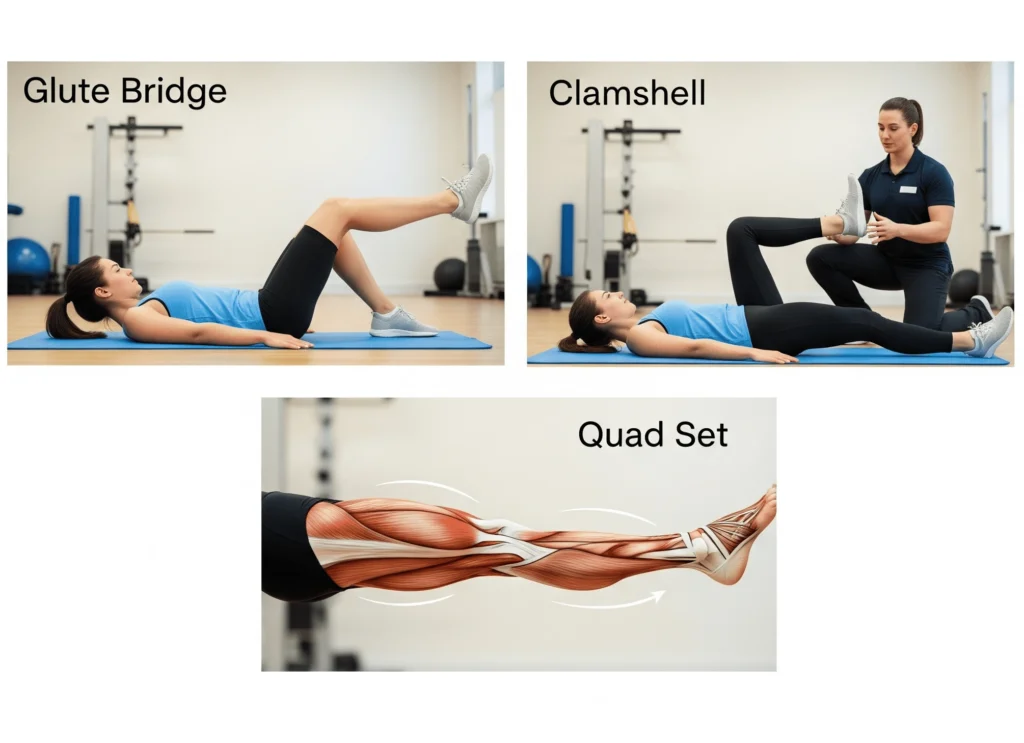
Building a strong support system for your knees is one of the most effective ways to prevent pain. Focus on strengthening the muscles that play a key role in stabilizing the knee joint.
Key Strengthening Exercises
- Glute Bridges: This exercise targets your glutes and hamstrings, helping to create a more balanced and powerful squat.
- Clamshells: An excellent exercise for isolating and strengthening the gluteus medius, which is crucial for preventing your knees from caving in.
- Quad Sets: If your quads are weak, this simple isometric exercise can help to improve their strength and function without putting stress on the knee joint.
- Hamstring Curls: Strong hamstrings provide crucial support to the back of the knee and help to balance the forces exerted by the quadriceps.
As you build strength, you can gradually reintroduce squats into your routine, starting with bodyweight squats or using a lighter load. To accurately track your progress and determine appropriate weights, consider using a reliable tool. A One Rep Max Calculator can help you estimate your one-rep max without pushing yourself to failure, allowing for smarter and safer training progressions.
When to See a Doctor
While many cases of knee pain during squats can be resolved with self-care and corrective exercises, it’s important to know when to seek professional medical advice. Consult a doctor or physical therapist if you experience:
- Severe or persistent pain that doesn’t improve with rest
- Swelling, redness, or warmth around the knee
- A feeling of instability or “giving out” in the knee
- Pain that interferes with your daily activities
The Bottom Line
Knee pain when squatting is a common but often solvable problem. By prioritizing proper form, addressing muscle imbalances, and strengthening the supporting musculature, you can protect your knees and continue to reap the benefits of this powerful exercise. Listen to your body, be patient with your progress, and don’t hesitate to seek expert guidance when needed. With the right approach, you can build a stronger, more resilient lower body and leave knee pain in the past.

